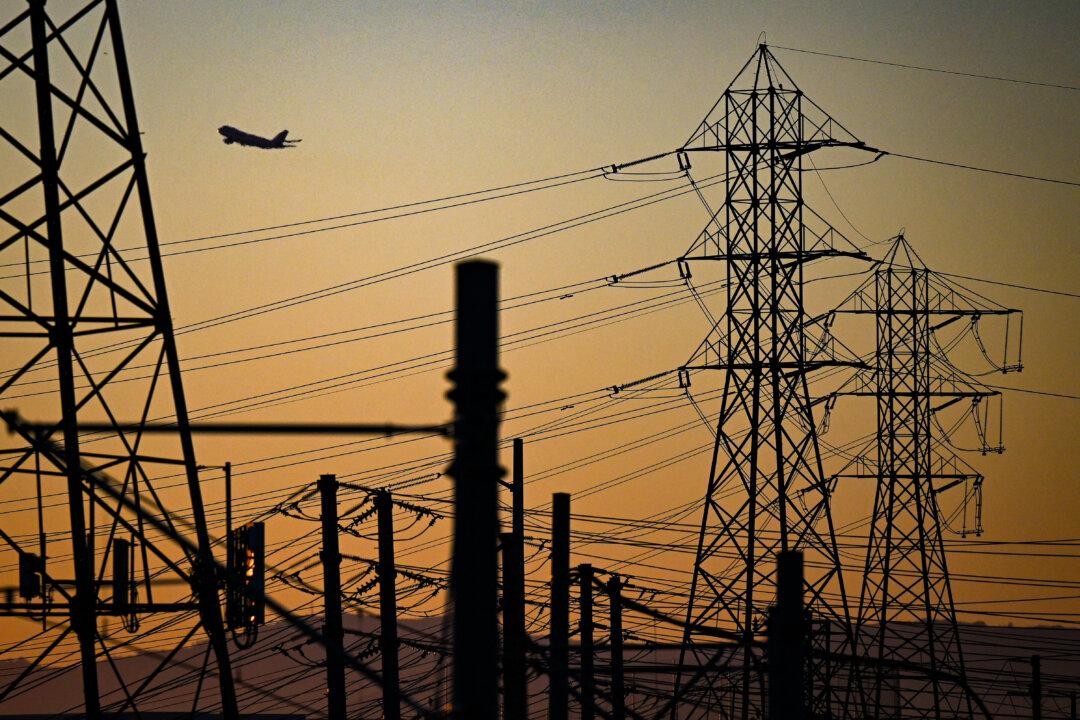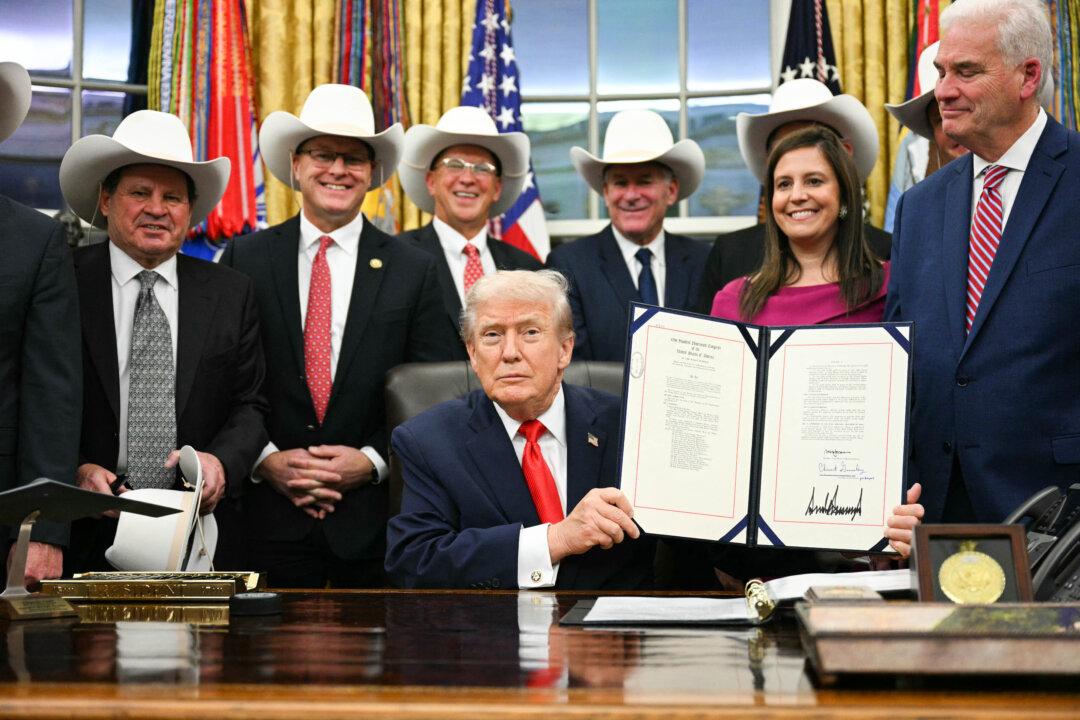Regulators with the California Public Utilities Commission issued a proposal on March 27 in response to a new law, which takes effect in 2025 and 2026, that would charge a fixed rate for electricity based on users’ incomes.
The proposal suggests determining income levels based on enrollment in subsidy programs rather than by verifying household incomes.





